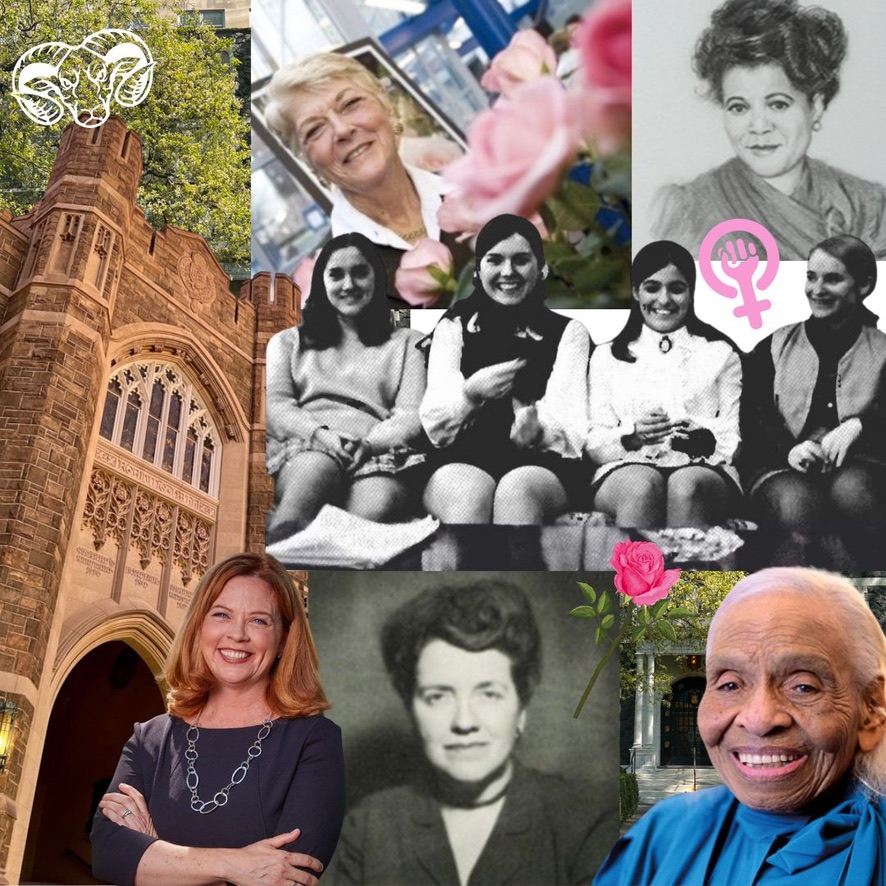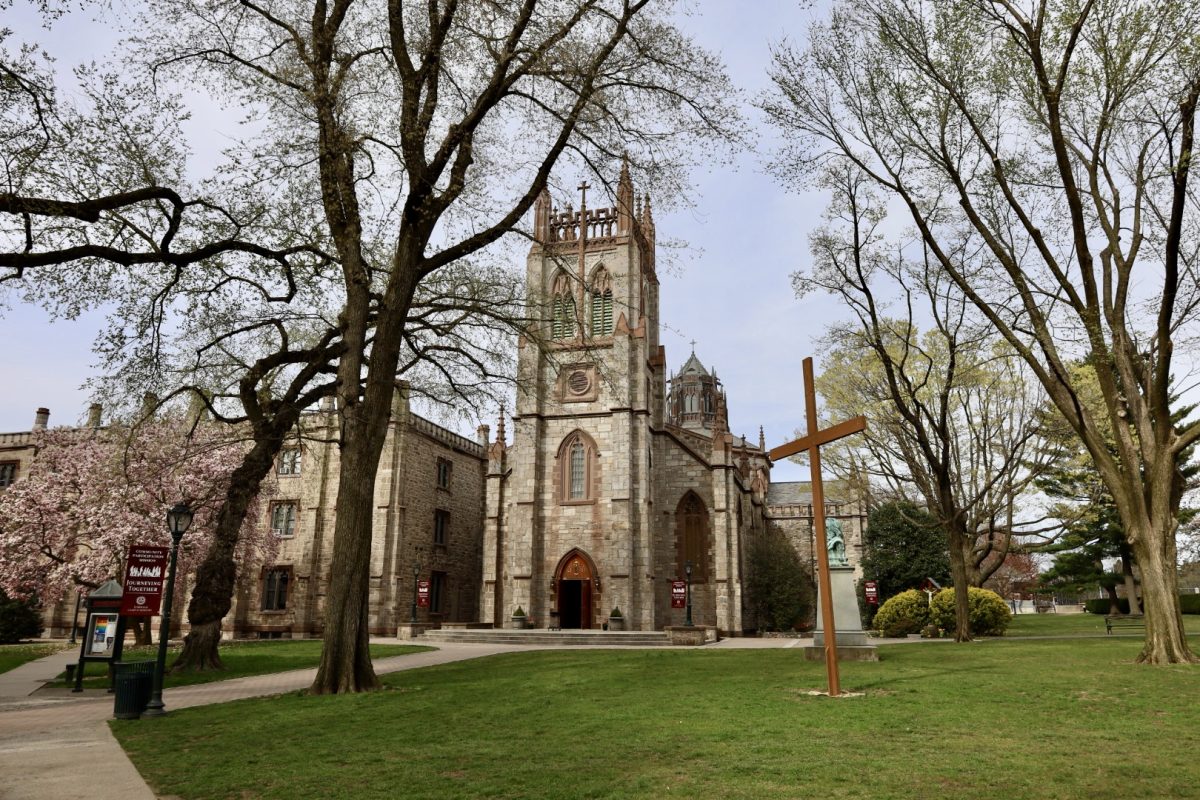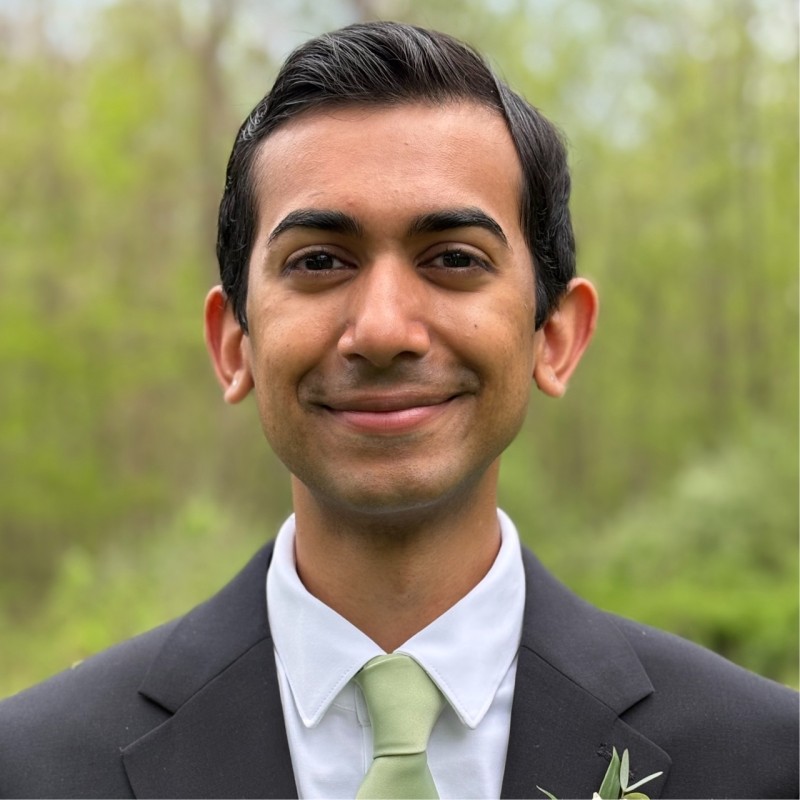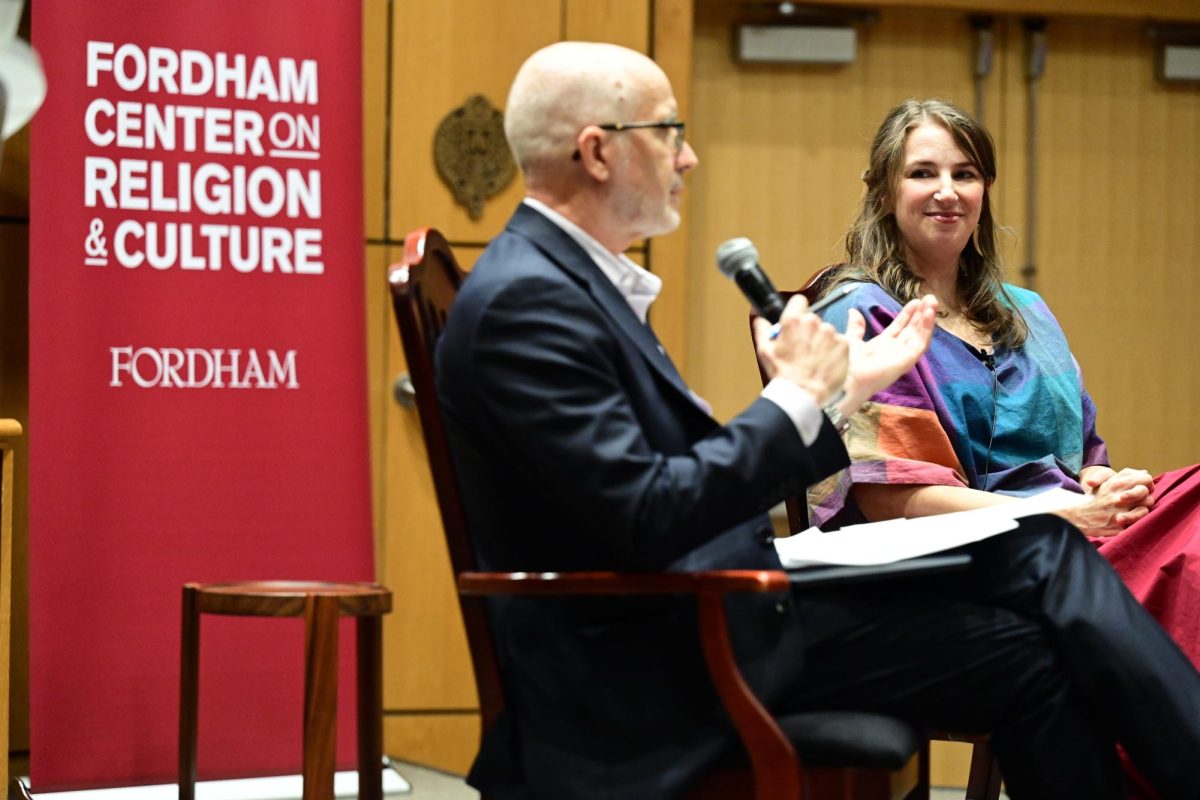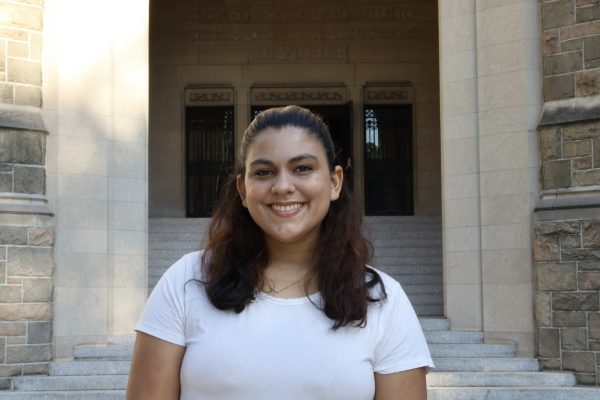The process of transforming Fordham University into an entirely coeducational institution was a slow one. The first Fordham offerings available to women came from Fordham Law School in 1918, when the school released its start-of-term ad with the addition of a new phrase, “course open to women.” That year, eight women attended the law school.
The next opening for women came in 1944. The College of Business Administration (now known as the Gabelli School of Business) was moving back to Manhattan after spending the last two years operating out of Collins Hall at Rose Hill when they decided to implement another change by allowing women to enroll. This would prove helpful to the university, as women enrolled so rapidly it made up for the enrollment decline Fordham had faced as a result of World War II. Within the first semester, women composed the majority of the student body.
When the Fordham College at Rose Hill opened to women in 1964, it looked a bit different from the law and business schools’ coeducation journeys. The university opened a separate undergraduate school, Thomas More College, for women to enroll in.
Raymond A. Schroth, S.J., wrote about Thomas More College in his article, “How Women Came to Fordham: The Life and Death of Thomas More College.” He explained that former President Vincent O’Keefe, S.J., planned to establish a coeducational college in 1963, but was shut down by Fordham College Jesuits who were determined to stick to the status quo. It was O’Keefe’s successor, Joseph R. Frese, S.J., who proposed the highly prestigious women’s college named after St. Thomas More.
“First Thomas More Coed Accepted” headlined the Nov. 14, 1963, edition of The Fordham Ram. The article describes Joan Ann Poroski, who was the first woman committed to attending Thomas More College. Though she was coming to the university as a highly accomplished aspiring biology major, the article paid much attention to her appearance. Poroski was described as blonde, attractive and a “five-foot, eight-inch beauty.”
Schroth explained that the admission director for Thomas More had a detailed image of what she wanted for the school. She did not want nuns at the college to prevent it from resembling a convent. She was fine with accepting married students or students marrying during their studies but was not open to any working mothers. “Beauty would not be a factor in admissions, but those who interviewed so far were ‘exceptionally good looking,’ and neatness, poise and personality would definitely count,” Schroth stated.
Schroth’s article stated that there were to be no mixed classes when Thomas More College began, with the reasoning seeming to be that they believed women needed a different and more supportive atmosphere than the men, along with other administrative reasons to keep men and women apart.
Some of the first female undergraduates of Fordham returned to the university in 2014 to celebrate the 50th anniversary of the beginning of Thomas More College, many of whom spoke on a panel about their experiences.
The women admitted to Thomas More College all graduated close to the top of their class and scored in high percentiles on their College Board exams. They had academic records that were praised by O’Keefe when they were accepted.
Margaret “Peggy” Bia, M.D., who was part of Thomas More College’s first graduating class in 1968, spoke on how women at the time were not allowed in the university gym because, at the time, men walked around in the nude.
Other than limitations regarding where they were allowed on campus, the women recalled experiences of being told by the men that they didn’t belong and were taking spots away from men who actually needed the spots to work and support their families. “It was a man’s world when we got here, but I think we quickly changed that,” commented Bia.
Despite Fordham’s reputation as the place to go for education at the time, the Thomas More College graduates also faced hardships with entering the workforce post-graduation. Patricia McDonough, a panelist from Thomas More College Class of 1969, explained that when she was first working as an account executive, the company still had to ask people if they were okay with having a woman on their account.
At a cocktail reception for the 2014 anniversary event, Joseph M. McShane, S.J., president emeritus, told the early women alumni that they were still among the brightest and most formidable students to have ever attended Fordham. A Thomas More Endowed Scholarship recipient who attended the panel, Katherine Lease, FCRH ’15, commented, “It’s hard to conceptualize a time where women couldn’t go to Fordham, and I am forever grateful to the women of [Thomas More College] who forged the way.”
Ten years after opening, Thomas More College merged into Fordham College at Rose Hill in 1974, and Fordham officially became a coeducational undergraduate institution. The last female students to graduate as Thomas More College alumni were the Class of 1973. “In its 10 years, Thomas More had radically transformed Fordham College by forcing Fordham men — faculty and students — to rethink the role of women in Catholic education and their own lives,” wrote Schroth.
In recent years, U.S News has reported that the university now has a larger percentage of female students than male students. The university is consistently beating its records for diversity among students as admission cycles go by, progressing far away from the limited student body of the university’s early days.





































































































































































































